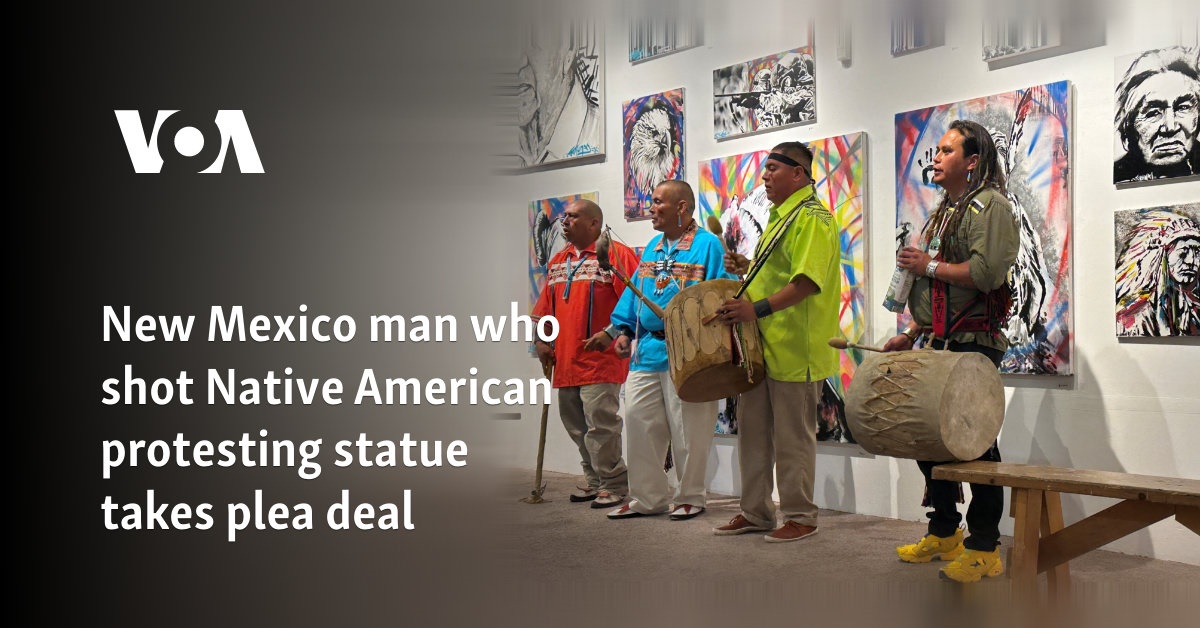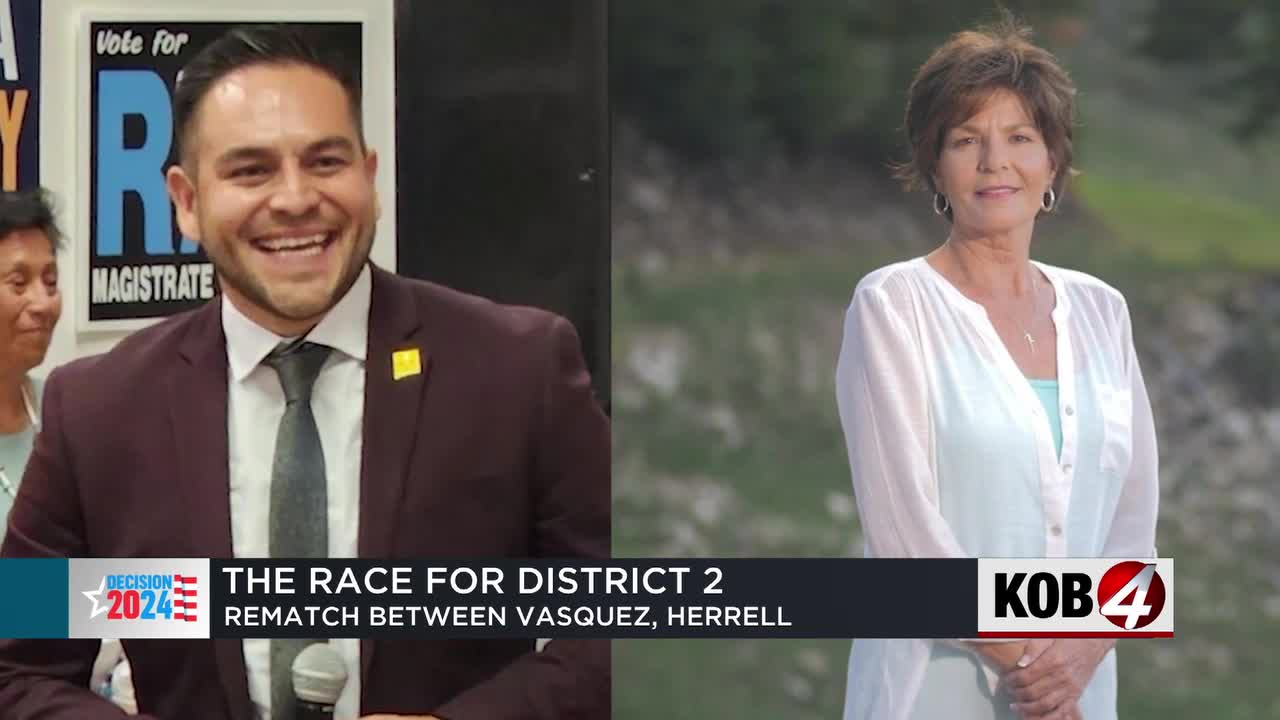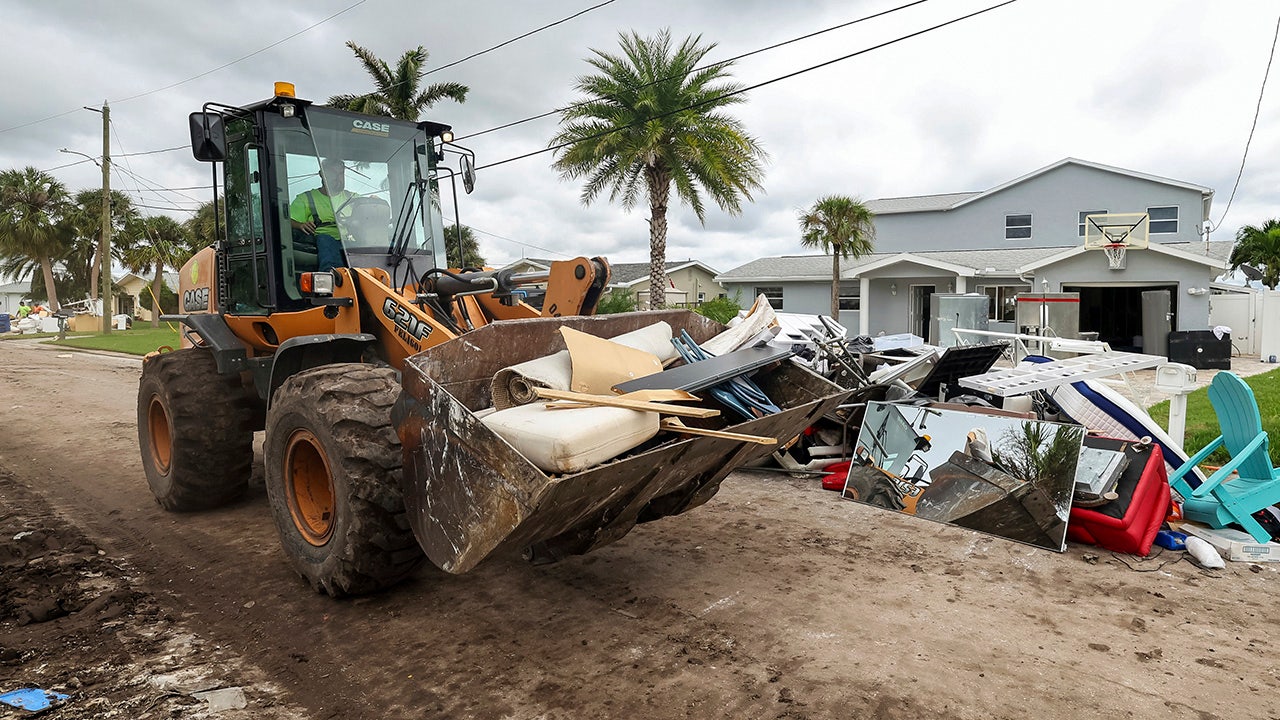A New Mexico man has accepted a plea deal in the 2023 shooting of a Native American activist protesting a conquistador statue, lawyers said on Monday, in a case that highlighted rising political violence in the United States.
Ryan Martinez pleaded no contest to aggravated battery with a deadly weapon and aggravated assault for shooting activist Jacob Johns and pointing his handgun at Malaya Peixinho, another demonstrator, according to his lawyer Nicole Moss. He will serve four years in state prison.
“He is still maintaining that he acted in self-defense,” Moss said, adding that Martinez would likely serve under three years in prison by accruing good time, followed by five years probation.
Mariel Nanasi, a lawyer representing Johns and Peixinho, called the shooting “a racially motivated hate crime by a MAGA-proud gun-toting crazed man who came to a peaceful prayer ceremony with a fully loaded live gun.”
Martinez was at the protest wearing a red cap with the Donald Trump slogan “Make America Great Again.” He was originally charged with attempted murder, which carries up to 15 years in prison.
“This is a continuation of colonial violence. Unfortunately, this criminal process is reflective of the systemic white supremacy that indigenous people face,” Johns said in a statement, adding that as a Native American he would have been sentenced to life imprisonment for shooting someone at a MAGA rally or a Christian prayer service.
New Mexico First Judicial District Attorney Mary Carmack Altwies offered the plea deal to Martinez.
“The resolution is in the best interests of justice and the community,” she said in a statement.
Johns, a global climate activist and artist, was shot as he tried to prevent Martinez from pushing his way into the vigil in Espanola, New Mexico, opposing reinstallation of the statue of a 16th century Spanish colonial ruler.
The Juan de Onate bronze was removed in 2020 from a site just north of Espanola during nationwide anti-racism protests and was to be reinstated at a county complex in the town.
Peixinho called the plea deal inappropriately light.
“However it shows our desire for conflict resolution,” Peixinho said in a statement.
The shooting marked the latest violence around Onate statues put up in the 1990s to commemorate the 400th anniversary of the arrival of Spaniards to New Mexico.
The monuments have long outraged Native Americans and others who decry his brutal 1598 colonization. Onate is known for the 1599 massacre of a Pueblo tribe, leading a group of Spanish settlers into what is now New Mexico.
Some descendants of Spanish colonial settlers, known as Hispanos, say Onate should be celebrated as part of New Mexico’s Hispanic heritage.























/cdn.vox-cdn.com/uploads/chorus_asset/file/25439572/VRG_TEC_Textless.jpg)






